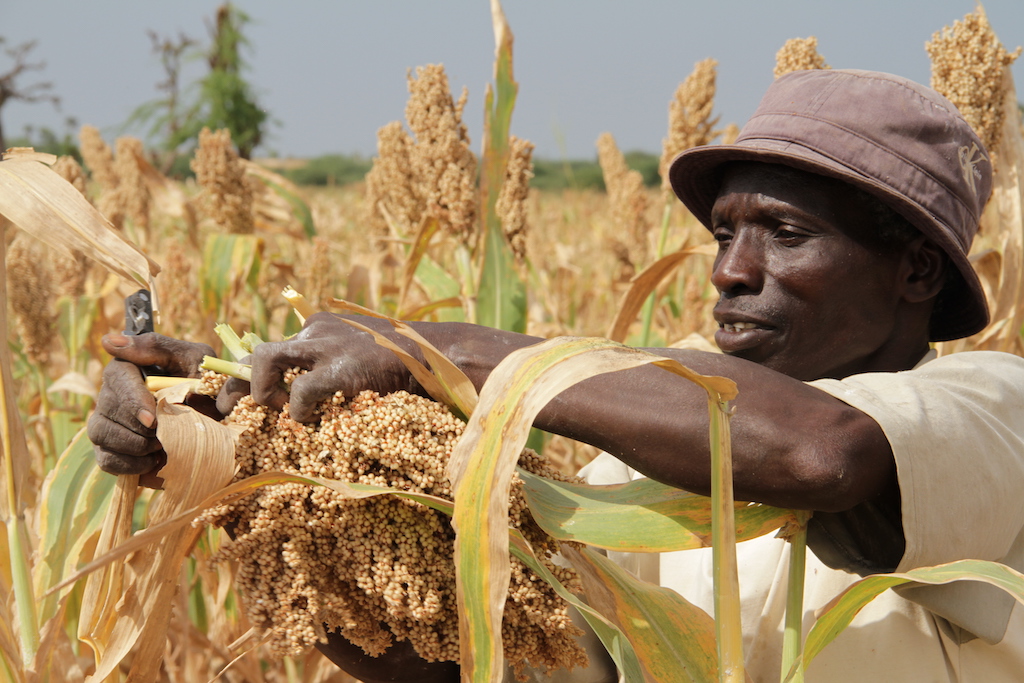Contributors: Hippolyte Affognon; Yacouba Diallo; Fidélia Bohissou; Abdulai Jalloh; David Akana
A few weeks ago, we discussed how COVID-19 could complicate access to seeds that are the entry point to agricultural production and suggested approaches to alleviate farmers’ possible consequences. We followed up with how to adapt agricultural production to COVID-19. In this blog, we shed light on managing postharvest losses in the agricultural sector and its implications under the pandemic.
In our region, many states have adopted measures such as the closing of borders, lockdown, and population isolation, which have created disruptions to the functioning of markets and supply chains for agricultural products. Therefore, the population has limited access to the market for the distribution and procurement of agricultural products. In some cases, people are unwilling to buy large quantities of perishable products, with the risk of these products deteriorating and, in some cases, lost.
In many countries in West Africa, the lockdowns and associated restrictions on the movement of people and services providers are progressively being lifted. However, the threats of COVID-19 are still looming as it continues to spread. There is a need for to monitor possible impacts on our food system better and to take measures to mitigate such effects.
In this blog, CORAF intends to highlight the importance of reducing postharvest food losses as one of the urgent actions to be taken by countries and the donor programs to address the COVID-19 impacts in the agricultural sector. If increasing agricultural productivity is a prerequisite to ensure food security in the region, investment, and good management in postharvest operations can substantially reduce food loss and waste.

What is the Situation?
In sub-Saharan Africa, significant volumes of food are lost and wasted after harvest, with an estimated value of USD 4 billion for grains alone. Nigeria, the largest tomato production belt in West Africa, loses almost 50% of its production due to a lack of cold storage facilities. Reducing food losses offers a vital pathway of availing food, alleviating poverty, and improving nutrition, especially during the COVID-19 pandemic crisis.
Postharvest food losses do not merely reduce the food available for human consumption but also cause negative externalities to the environment through greenhouse gas emissions and loss of scarce resources used in production, therefore negatively impacting the local economy.
Reducing postharvest losses has positive impacts on monetary and environmental costs. It reduces the utilization of production resources such as seed, fertilizers, and labor or land expansion into fragile ecosystems to produce food that will be lost and not consumed.
Post-harvest losses are quantitative such as a decrease in the weight or volume of the product and qualitative such as reduced nutrient value, depreciation to taste, color, texture. They occur at critical stages of the food supply chain (harvesting, transportation, storage, processing, sale, consumption, or other end uses).
The factors affecting postharvest loss are weather conditions, the incidence of insect pests, mites, rodents, birds and fungi and bacteria responsible for food contamination, physical changes due to quality of processing and storage equipment and infrastructures, and the postharvest management practices and skills of the actors involved.
Good storage conditions and food processing, transforming the raw food ingredients into processed food or transforming perishable food into other forms by using physical or chemical methods, can play a crucial role during COVID-19 pandemic crisis. This can significantly reduce food loss and waste. It is simple to store processed food and keep them for a long period, especially canned or frozen fruits and vegetables. They can be kept for a long time. However, emphasis should be put on safety because processed and packaged food can be easily contaminated, causing widespread illness. As a result, preserving processed food for a longer time by stopping or slowing down food spoilage, loss of quality, and edibility is crucial. The preservation may include actions such as drying, refrigeration, freezing, vacuum packing to prevent the growth of fungi, bacteria, and microorganisms.

Measures to Adapt to COVID-19 and Beyond
Postharvest actions to adapt to the COVID-19 should be taken at the local level. To mitigate post-harvest losses, farmers could improve their storing capacity by using hermetic packaging and triple bagging technology against post-harvest losses due to infestation by insects and other rodents. Processing and preserving food at the local level will play an important role in food supply during the COVID-19 pandemic. The objective of food preservation is to increase the shelf-life of food while keeping it safe. As lockdowns and border closures are taken as measures to fight against COVID-19, food processed and preserved at the local level can be used to fill the gap created by the restriction caused by the lockdowns.
One way to prepare for and contain the negative impact of COVID-19 or other crises that can lead to lockdowns and movement restriction is to encourage food storage at the village level in the form of community cereal banks. This is a mechanism that has been developed since the beginning of the seventies, particularly in Africa. Community storages at the village level are managed by farmers’ associations to assure food availability and food security to the village community and to help farmers, providing the opportunity to market the surplus of the harvest.
During a pandemic such as COVID-19 and beyond, efforts are needed to coordinate food supplies and prices; and postharvest interventions can provide solutions. However, these solutions must be adequately regulated to ensure compliance and intended benefits. Postharvest actions, including proper storage and agro-processing, can promote resilient and equitable food supply during a pandemic crisis and beyond.
CORAF will continue to promote crop varieties with long shelf storage and high processing potential. In addition, CORAF will continue to scale up and disseminate postharvest technologies, innovations, and best practices.
Read also:
 English
English
 Français
Français 
